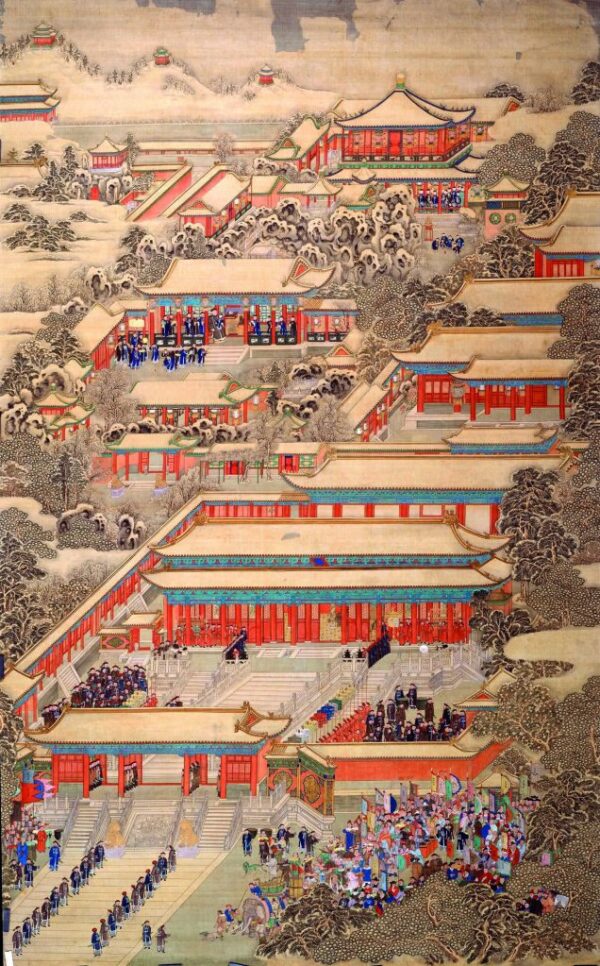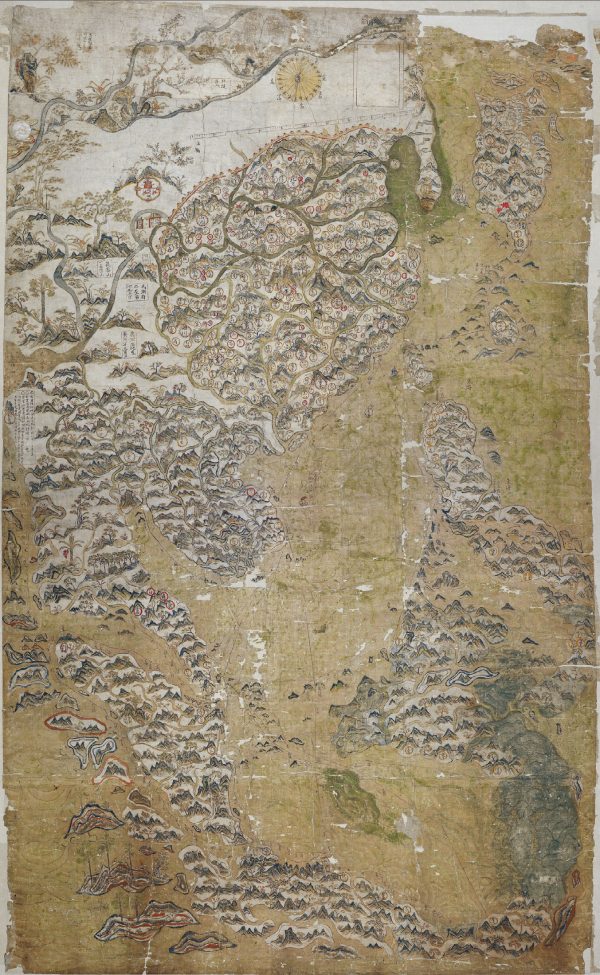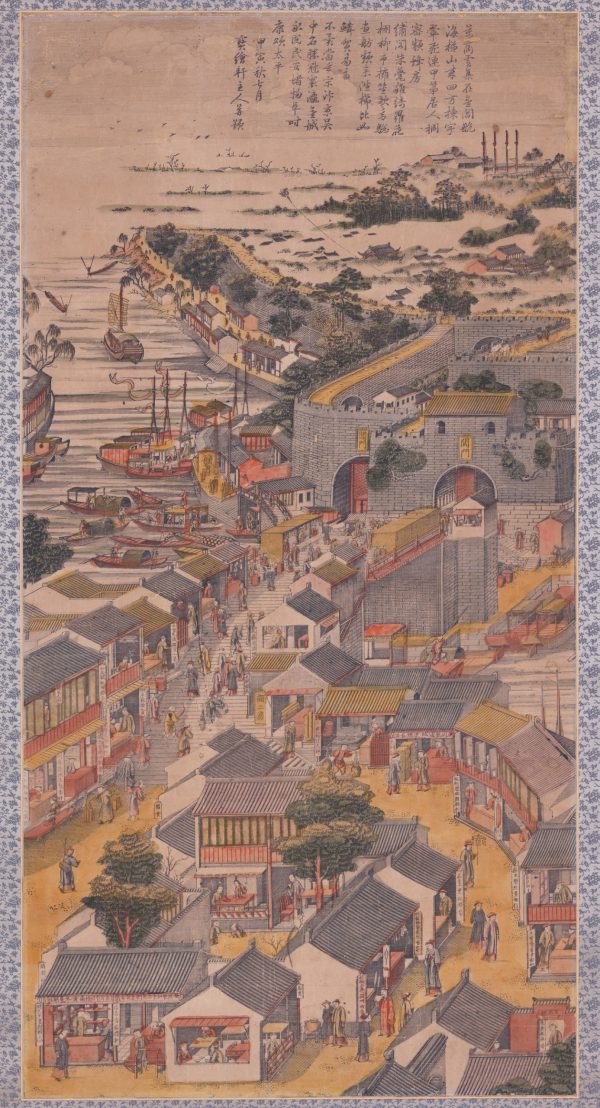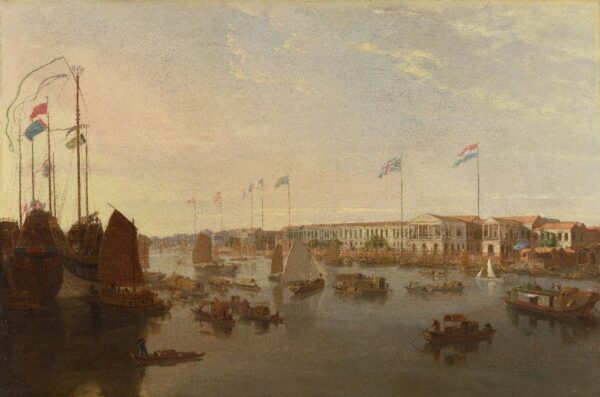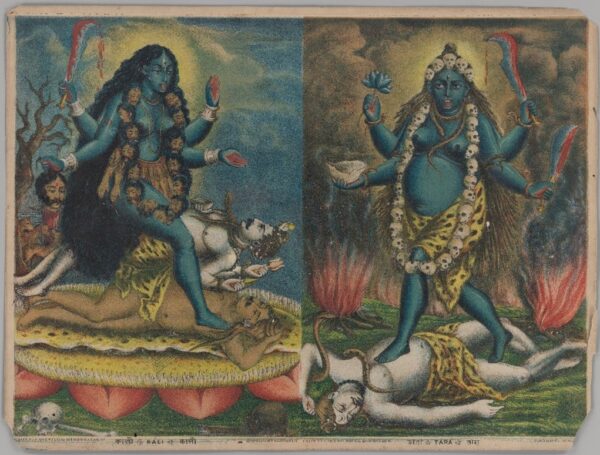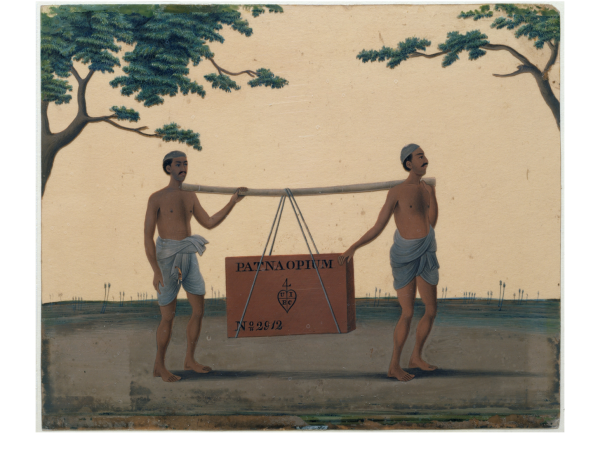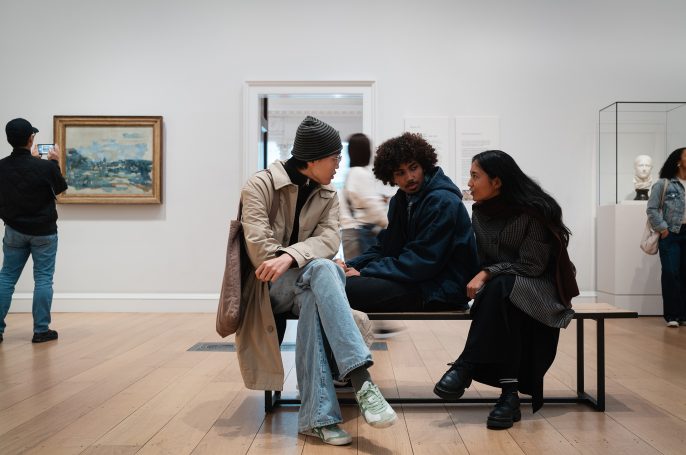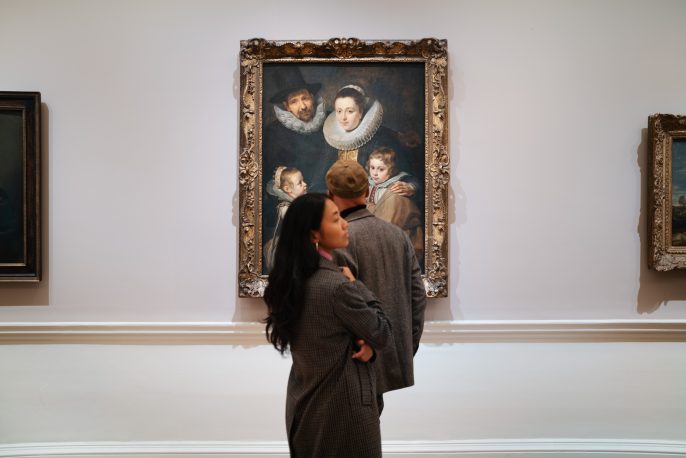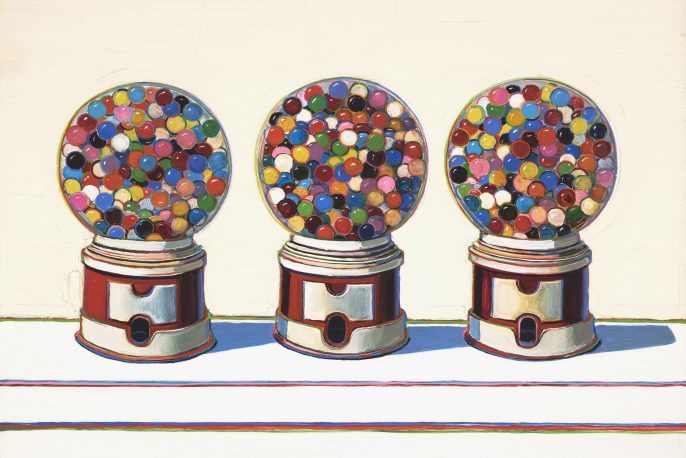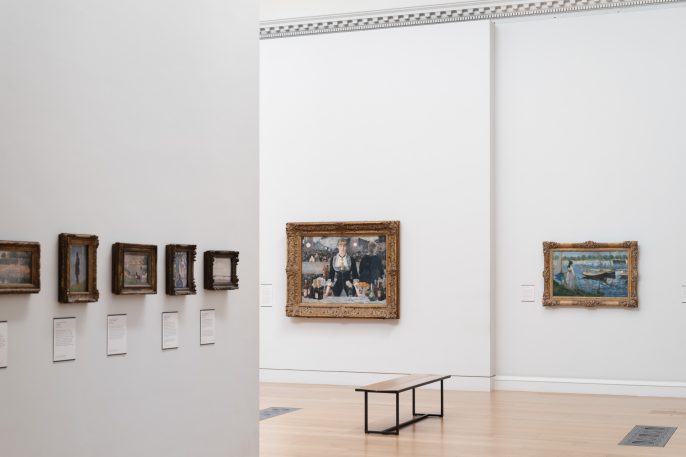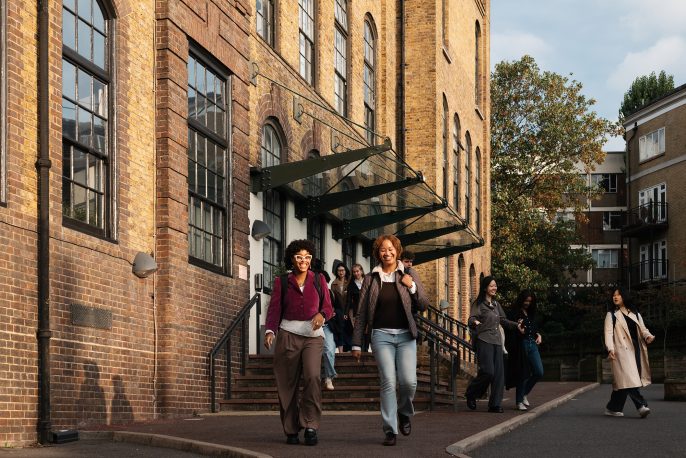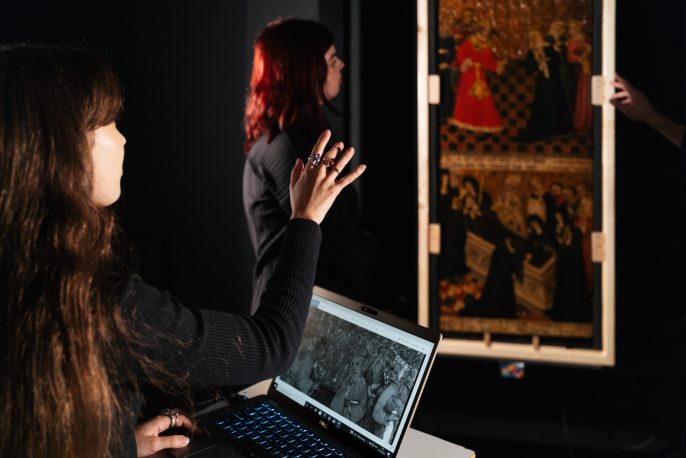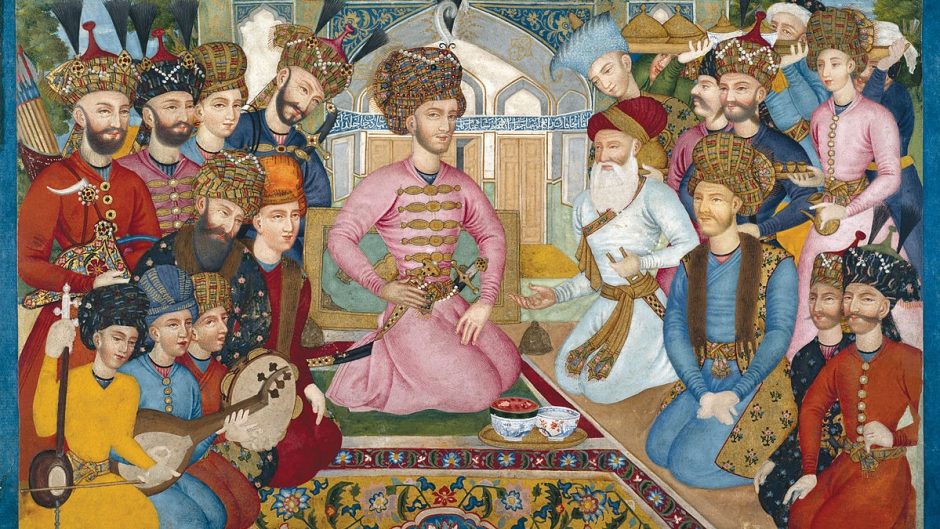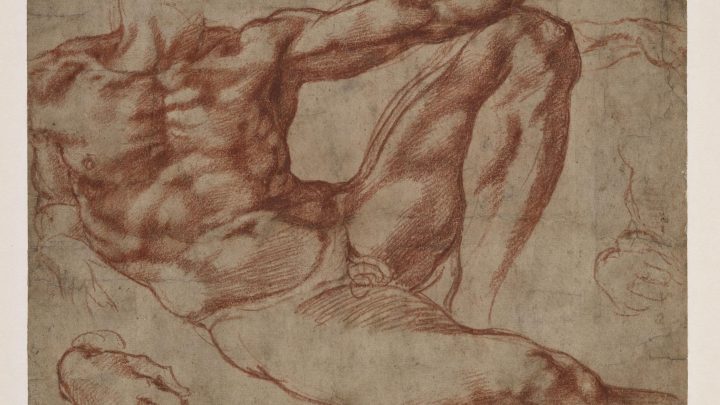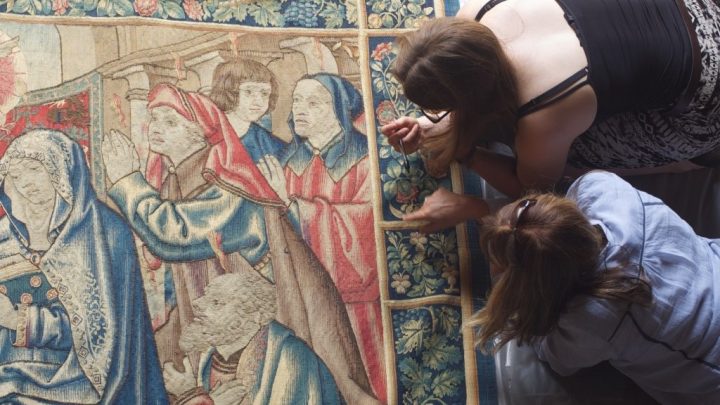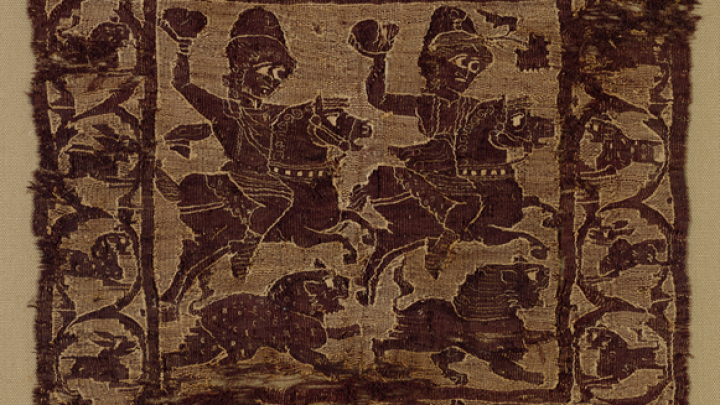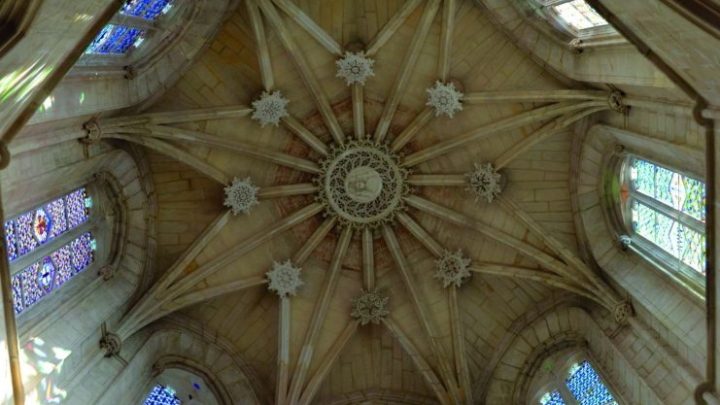Empires of Art explores the entanglement of art and empire in the courts and cosmopolitan ateliers, urban markets and maritime ports of early modern Asia. From Istanbul and Isfahan to Delhi, Beijing, and Canton, from London and Lisbon to Manila and Moscow, this course builds on the premise that art in the early modern world was principally produced in collaboration with, and the service of, overarching ‘imperial’ interests. This entanglement between art and empire was fundamentally transculturally informed: trade, exchange of skills, technologies, raw materials, and the development of a taste for the strange and the wonderous all emerged through connection across cultural and imperial boundaries. The reality of empire has re-emerged as a pressing contemporary concern; this course aims to sharpen our views of how empires functioned in the past and helped shape the present.
Led by a trio of specialists in Chinese, Indian Ocean, and Perso-Islamic art and architecture, the course explores networks of extraction, production, mobility, and consumption facilitated by, and integral to, the formation and function of imperial power and colonial authority. Employing what we call a ‘Trans-Asian’ approach to the study of the arts of early modern Asia, the course combines an understanding of the period as both rooted in the local and as strongly transcultural, shaped by mobility and interchange between imperial nodes. The course offers specialist training in particular cultural and linguistic contexts of the arts—visual and material cultures, the built environment, and ephemeral experiences—across West, South, and East Asia.
‘Trans-Asias’ emerges directly from current innovative research at the Courtauld on new approaches to the arts of Asia. The course emphasizes collaborative learning, with seminars, viewing sessions at museums, galleries, and auction houses, and workshops, with a flexible syllabus capable of responding to students’ particular interests. Small-group teaching enables academic staff to bring current scholarship and debates into classroom discussion and off-site visits, offering opportunities for students embarking on their own research. Seminars utilize a range of activities, including close reading of primary sources and modern research, hands-on study of historical materials, and stimulating discussions within and across specialist areas. The module is organised around weekly classroom-based sessions alongside a series of more flexibly programmed site visits, including an international study trip and a range of local visits to exhibitions, archives or other sites of interest (when off-site visits are possible – if not, these sessions will be re-scheduled as seminars). Study trips are supported by a travel grant and are usually for a period of 2-4 days.
Research plays a central role in the Special Option, with students closely supported in developing their own skills and areas of interest over the course of the year. During one-to-one tutorials, module leaders will meet with students to discuss work in progress. There is flexibility in the topics for written assignments that individual students are asked to undertake, with the agreement from their module leaders.
Course leaders: Professor Sussan Babaie, Professor Stephen Whiteman, Dr Tom Young.
In the event that a course leader is on sabbatical, takes a fellowship, or otherwise is not able to teach the course, they will be replaced by another experienced course leader either for a semester or, in some cases, the academic year.
